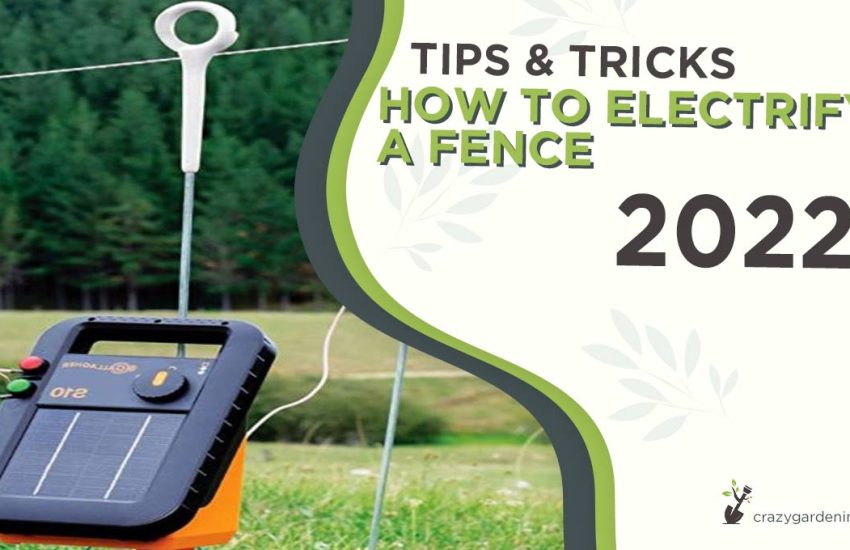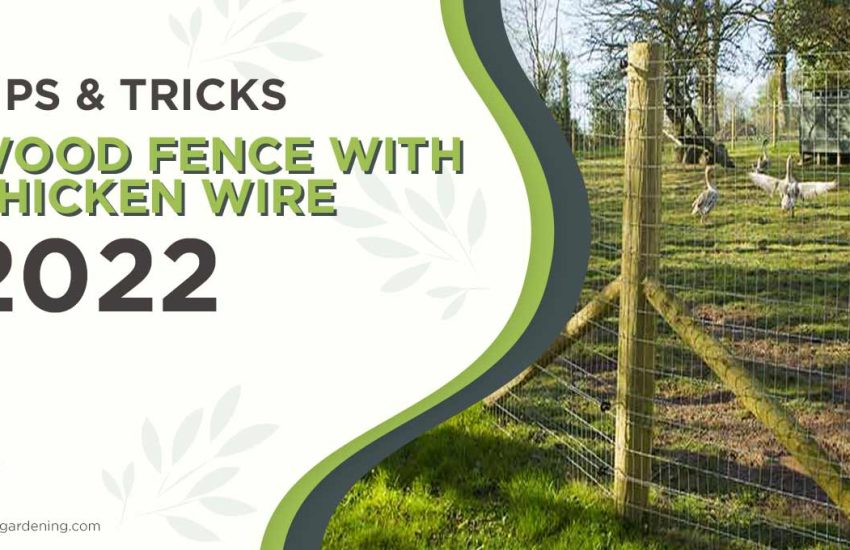15 Common Questions for Beginner Gardeners Answered
You may have retired and moved to the house with a garden you have dreamed of for years. You may also be a young person who is bored with the city’s noise and has settled in a quiet place in nature. Or maybe, you are planning to create a mini garden on your balcony. There are many basic questions for people who want to become more involved with garden and plants.
Gardening is an endless pursuit and no knowledge can replace experience. Earth is harmonious and tells you more about itself as you spend time with it. However, some simple information at the beginning saves time. This article is written for people who know nothing about gardening and aims to answer the 15 most important basic questions to get started.
If you want to be one of those gardeners who spend their days with plants and could not find the answer to your question in this list, you can ask your questions to both other helpful plant lovers and us by leaving a comment. If you’re ready, let’s start with the first question.
1) What tools do you need to get started?
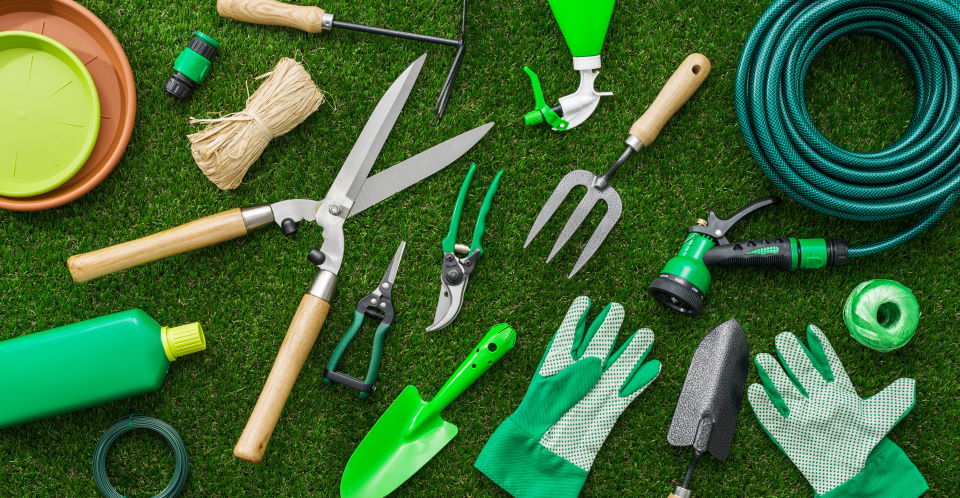
The answer to this question depends on what plants you want to grow and the scope of your garden. Many gardeners begin this hobby by acquiring just a few key ingredients. It is enough to have very few small hand tools for a garden created in a container pot on a small balcony. On the other hand, large and expensive tools may be required to cope with a garden of several acres and full of trees. In this article, we will talk about some essential tools needed to start gardening.
Growing in a small garden is really easy and requires very few tools. When we asked to gardeners what the first item every gardener should have, the most common answer was gloves. All gardeners should have at least one pair of gardening gloves. I know some of you want direct contact with the ground, not wearing gloves. However, it would be best if you still carried gloves in your pocket to use whenever you need them. They protect you from harmful creatures in the soil and from injury to your hand during tool use.
Several types of gloves vary according to the material and style they are made: Leather, Cotton, Rubber and Traditional. If you want to learn more about which glove is best for you, check out our article on this subject.
The shovel is vital for digging pits, moving the soil, and many other jobs. Shovels, like other tools, are divided into many subgroups. In addition, a hand trowel makes your work much easier, whether your garden is small or large. You can dig small holes and use them to uproot stubborn weeds.
A rake is also an indispensable tool for gardeners. You can level the soil and remove leaves and grass with the rake. You can also break up chunks of soil using the back of the rake.
If you have a somewhat large soil area, you will need a spade to aerate it before spring tillage. Thanks to the spade, you can raise the bottom layer of the soil to the top and make it ready for planting.
You’re not a gardener without a pruning knife, especially if you have trees. We have answered a specific question below to give you detailed information about pruning knives. Therefore, I will not mention them here.
Finally, the hoe is one of the essential tools of gardening. It works for almost anything. You can use it for uprooting or clearing weeds around trees and flowers. Hoe is the most suitable tool for preparing beds for flower and vegetable saplings before planting them.
Depending on how much area you are watering, you may need to choose one of many types of hoses. If your garden is large, a wheelbarrow can become a member of the starter tools list. Of course, gardening is a never-ending pursuit, and there is no limit to the tools you can use. But these are enough for a good start,even a little too much for the gardeners who grow plants on their balcony.
2) When should I start gardening?
As soon as possible! If you plan to have a vegetable garden, do not waste any time. We know that many gardeners answer “you should start in spring” to this question. But almost every climate has summer and winter crops, and the present is the best time to start vegetable gardening.
If you want to plant and grow trees in your garden, it would be best to wait until spring. Because with the arrival of spring, the sun increases its power and such an environment makes it easier to adapt to their new lives for trees.
3) Which soil should I choose?

Firstly, all gardeners should know the common soil types. Soils used in hobby gardening are divided into three main classes: silt, clay, and sand.
All three types have different properties. Garden soil usually consists of a mixture of these three types. However, specific soil types may be required for specific plants. For example, irises love silt soil, while many flowers grow in sandy soil. If you have the chance to decide on the type of soil in your garden, prepare a calcium-rich and high-pH mix.
New soil isn’t the only way to have a good garden. There are also ways to enrich current soil and make it more fertile. In particular, it can be very beneficial to add compost and clean the foreign materials in the soil. We will address some of them in this article.
4) What is soil pH and why is it important?
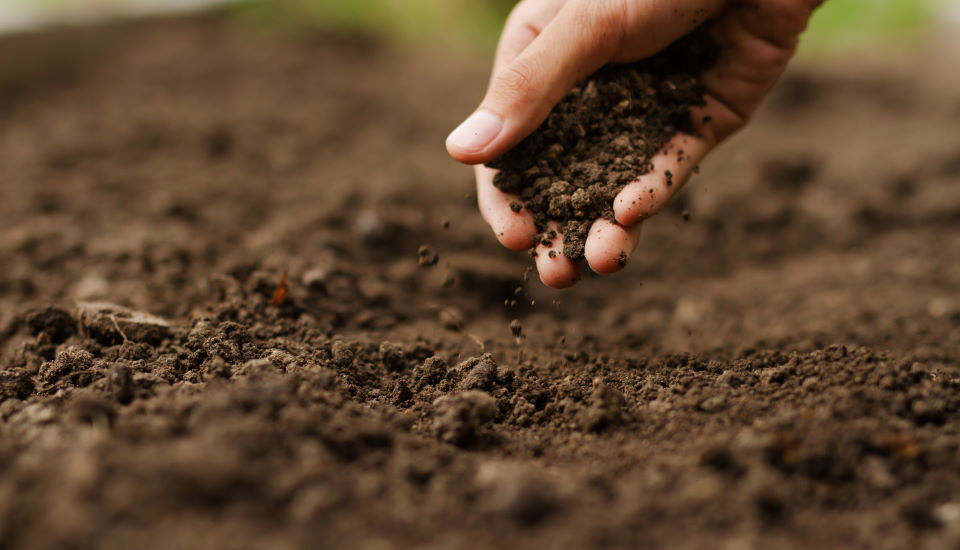
We know that you come across “soil pH” in many of the articles you read and watch about gardening. Soil pH is key to successful growth, but is often overlooked by beginner gardeners. Especially if you wonder why your trees are not growing or fruiting, unbalanced soil pH may be the answer you are looking for.
The pH value is used to determine the acidity of the soil. It is indicated by the numbers 1-14. If your soil pH is below the average level of 7, it means high acidity. If it is above 7, it indicates high alkalinity. Most of the plants can live healthy with balanced soil pH.
In fact, soil pH is essential in terms of determining the diversity of bacteria and other micro-organisms living in the soil. In a balanced soil, the variety of micro-organisms is wide, which positively affects the plants’ health. Although rare, some plants like to live at low or high pH values. For this reason, if you are planning to grow a plant that you have not grown in your garden before, we recommend that you have information about the ideal soil pH.
You can determine the pH of your soil using ready-made tests sold in agricultural markets, or if there is an institution nearby that does this test, you can take a sample of your soil and take it to them. If the pH of your soil is not at the desired value, you can purchase fertilizers and other products that you can use to balance the pH.
5) What should I grow in my garden?
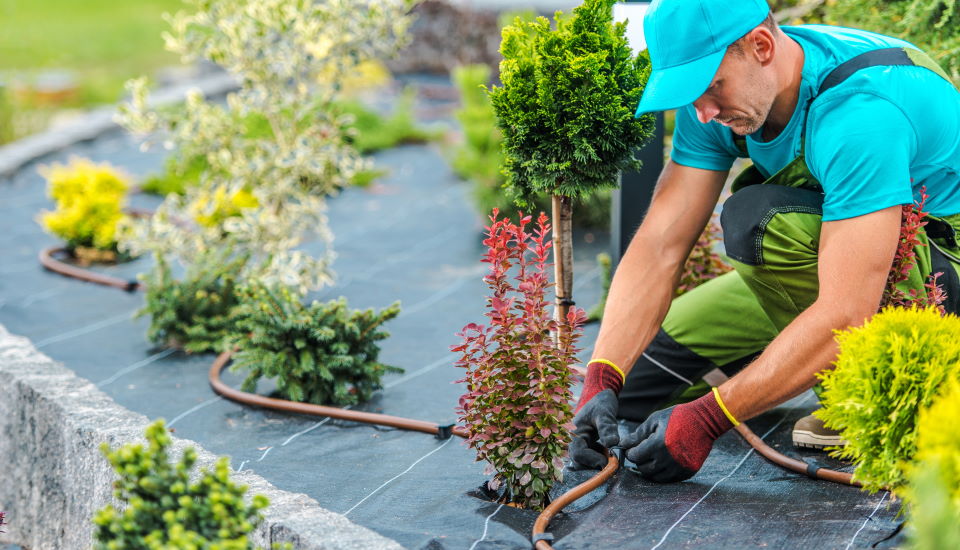
This is one of the most challenging questions to answer. Because the answer is all about where you live and the season. Remember, some plants are suitable to be grown in almost every part of the world (deserts and arctic options can be somewhat limited) and in all seasons.
Some stand out for new gardeners if we’re talking about vegetables, among the endless alternatives. Greens are generally easy to grow and are common among cabbages, spinach, and lettuce hobby gardeners. If your climatic conditions are suitable for these vegetables, they are suitable options for starters.
Potatoes, radishes, carrots, and garlic are also suitable root vegetables for beginners. In addition, tomatoes, peppers, and zucchini are among the most preferred vegetables.
You should do your research before planting a tree you haven’t seen nearby before. Trees cannot survive unless ideal climatic conditions occur. Although some of them manage to live in unsuitable conditions, they always have health problems. Among the trees that you are sure are suitable for growing in your region, you can choose easy-to-grow species that do not require much pruning.
When you think of flowers, everyone thinks of summer. But flowers, like vegetables, can grow in all seasons and, like trees, they can only live in an environment suitable for them. So, if you want to make a flower garden, definitely choose one of the local species. Since many hobby gardeners want to grow colorful flowers, we have specifically prepared the next question.
6) What flowers can I grow in the garden?
There are countless types of flowers, and each flower has its own beauty. Therefore, we do not believe that it will be possible to rank flowers according to their beauty. For beginner gardeners, the most crucial criterion to consider when deciding on a flower to plant in your garden is ease of growing. Many types of flowers are pretty delicate. If you don’t choose the right type, keeping your flowers alive can be much more difficult than keeping trees and vegetables alive.
We will not be able to be perfectly objective in answering this question. We’ve listed a few of the thousands of flowers that are easy to grow, can live in a wider geography, and are the most beautiful to us.

First of all, sunflowers are an excellent option for beginner gardeners. If sunflowers grow in your area (which is entirely possible) and you have a garden that gets full sun, you should definitely plant them. They are easy to grow, very aesthetic, and extraordinarily attractive to pollinators, especially bees.
Lavender is a charming flower with a refreshing scent and a dreamy appearance. It grows easily in USDA zones 4-9 and especially in countries with a coast to the Mediterranean. It is a very suitable flower for beginners to grow because it does not need much care.
Marigold is a riot of colors you can see everywhere. It grows so easily that you can see them on a curb in the spring and hear their voice: Hello summer! In addition to its magnificent appearance, this flower has a significant feature: It drives away many insect species from the area where it is found. That’s why you can grow Marigold not only for visual purposes but also to protect crops in your vegetable gardens.
Morning Glory is probably the most popular flower among gardeners living in America. Morning Glories are native to Mexico but can be grown in many regions in the USA. But the two most important factors are, of course, its easy growth and the stunning view offered by its magnificent color. So if you want to start floriculture, we highly recommend Morning Glories.
Finally, Salvia, Black-eyed Susan, Sedum, and Daylily are some of the perennial flowers that beginner gardeners can easily grow. To learn about these and many more perennial flowers, you can read our article on this subject.
Above, we have listed some flower types that are easy to grow for gardeners. But remember, these are just some of the countless types of flowers, and the more you become interested in floriculture, the more you will get lost in this magical world.
7) Where can I buy plants and seeds?

There are basically two ways to buy plants and seeds for gardeners. The first and traditional method is to buy products from a local seller. There are shops selling seeds, saplings, and supplies for gardeners all over the world. If you go to these shops, the staff can help you choose the most suitable plants. If there is a shop focused on plants near your house, you can consider shopping there.
The second method is the modern way of buying online. The most important advantage of buying plants and seeds online is having endless options. You can get detailed information from customer services just like in the shop near your home. In addition, you can get objective information about the product from many different sources and read the reviews of many gardeners about the products. Considering that you are reading an article about gardening on a website right now, we can guess that you are the person who usually does shopping online.
8) How often should my garden be watered?
Watering is one of the most critical aspects of gardening. Books have been written about it, but we provide short and straightforward answers for beginner gardeners in this article. So we will try to keep the answer as short as possible.
There is a general rule accepted, especially for vegetable gardens: You should water the soil at least 1 inch per week. This is a shallow watering method and is very helpful for beginner gardeners. But of course, there are many factors that determine how often you should water your garden.
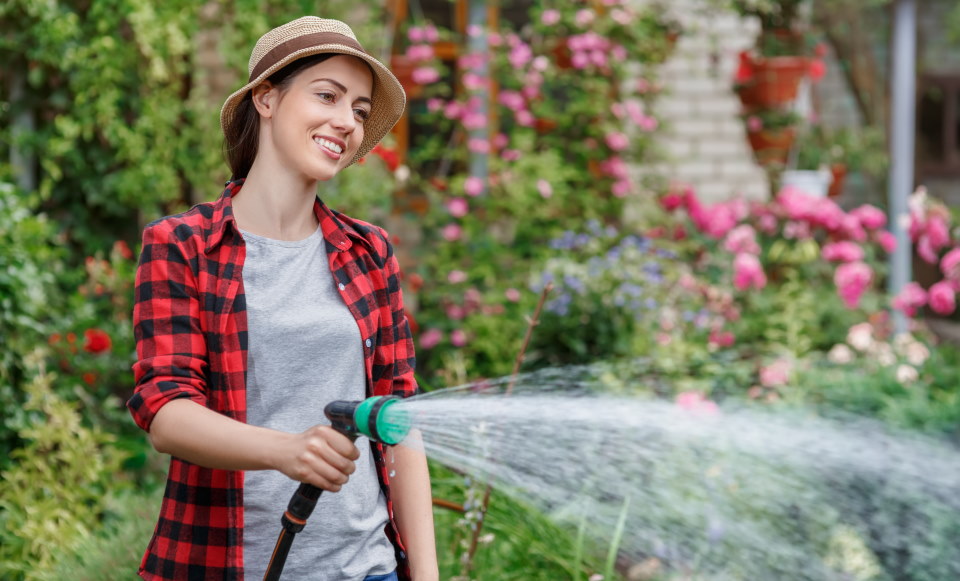
The most important factors are the type and quality of the soil because the soil holds the water and brings it together with the roots. Remember that if your soil is sandy, it will lose water faster, and you need to water more often. As the soil type turns into clay, it can hold more water. Good quality soil keeps water balanced.
Unlike plants, trees generally need to be watered deeply. Depending on which tree you water, the soil and climatic conditions, you may need to water in very different amounts and frequencies. In general, it is important that the area where the roots of the tree spread must be moist at a depth of at least 2-3 inches.
We can say that there are many misconceptions about watering trees. Many trees need more water than we realize. Considering that trees live in areas with less rainfall and less fertile soil, apart from forests which are their natural areas, we can better understand how much water they need.
Many plant species have different water needs according to the conditions of their environment and their own characteristics. If you have questions about watering the plant you want to grow, you can comment and ask for help from other gardeners.
9) What is Compost?
Compost is a natural fertilizer that gardeners can prepare with some recyclable waste. Many things that we throw away in our kitchen are suitable for compost, and by creating a compost box, we can be beneficial to both nature and our garden.
With the increasing effects of global warming, we started to better understand the importance of recycling. Rather than throwing away most of our animal and plant waste, we can compost them into extraordinarily healthy foods for our flowers and plants.
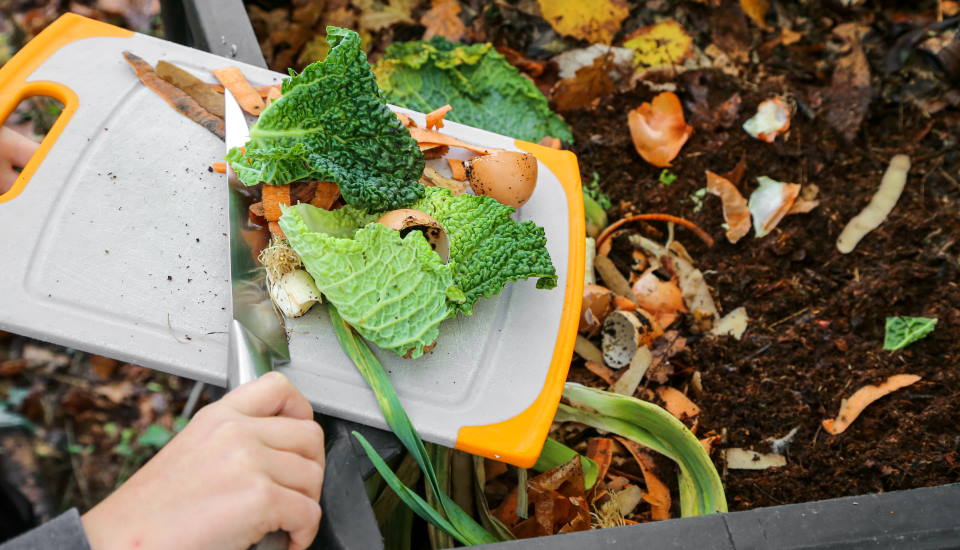
There are many ways to make compost. The easiest way is cold composting. You can use fruit wastes, vegetable wastes, leaves falling from trees, and almost anything that was once alive.
You should not compost citrus wastes, as they can be too acidic and damage the plants. You should also not compost meat and dairy waste to avoid harmful bacteria that can be released during decay. Finally, you should not use fat wastes as they take a long time to dissolve.
You can also keep your compost moist at all times to prevent it from smelling bad and flying. The most common method for this is to add some salt and water. Mix at least once a week. Cold composting takes at least six months. How long it will take depends on climatic conditions.
Once the compost has turned into humus, you can now use it to strengthen your flowers and plants and enrich your soil. Bringing once-living waste back to life is very easy and profitable. We strongly recommend every gardener to try composting and apply it to their soil.
10) Should I fertilize my garden? If so, what fertilizer should I use and how?
Fertilization is beneficial in many ways but not mandatory. Plants can survive in suitable climatic conditions without the need for additional nutrients.
Fertilizers are additional nutrients produced by humans to make plants more productive. Thanks to fertilization, plants grow faster, give more fruits and vegetables, and adapt to harsh climatic conditions more easily. When fertilizers are used in the right amount and article, they are beneficial to the plants.
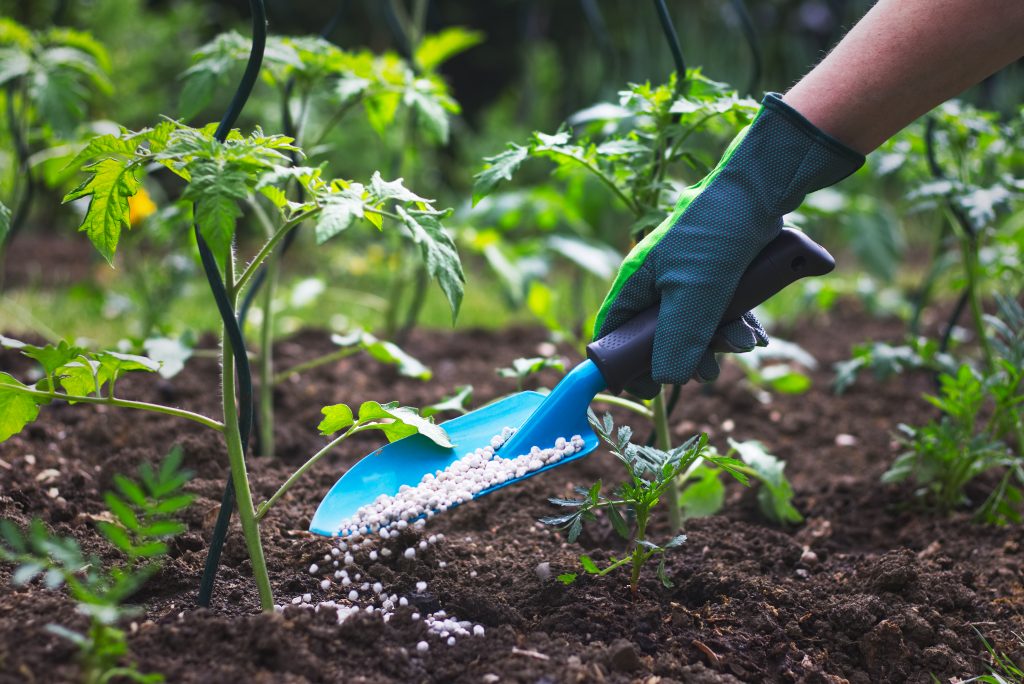
There are two types of fertilizers. Organic fertilizers have varieties such as cottonseed and manure. In fact, many things can be used as organic fertilizers. Many wastes that we also use when creating compost, such as banana peels and even eggshells, are used as natural fertilizers. However, their effects are more limited, and they can be preferred together with compost.
Inorganic fertilizers are produced in a laboratory environment and contain the nutrients that plants need most. Their ingredients are represented by three numbers. (ex. 10-10-10) The first number represents nitrogen, the second represents phosphorus, and the third represents potassium and shows the proportions of these ingredients per 100 pounds.
In general, the amount of phosphorus in fertilizers is twice the amount of nitrogen and potassium. This is an industry standard. A fertilizer with values ??of 10-20-10 is generally ideal for beginner gardeners. However, you may have special fertilizer needs depending on the condition of your soil and the plants you grow.
Over-fertilizing can damage plants. Always fertilize in accordance with the instructions of the product you decided to use.
In the previous question, we talked about what compost is. Some gardeners may have wondered what the differences are between compost and fertilizer. The shortest answer that can be given to this question: The duties of the two are different. Compost aims to enrich the soil, while fertilizers to strengthen the plant. You can read our article for more detailed information on this subject.
11) What does “full sun” mean?
“Full sun” is a very popular termamong gardeners. Many plants love full sun. A plant in full sun should receive at least 6 hours of direct sun per day. For some plants, this takes up to 8 hours.
Also, “Partial Sun” or “Partial Shade” is another term that is used a lot. This is used for plants that need an average of 3-6 hours of direct sun.
In fact, sunlight is what plants are often the most flexible about. Many plants (especially trees) are better at dealing with problems with too much or too little sun than with problems with soil and water.
12) What is mulch?

Mulch is a layer that protects the soil from weeds and keeps it moist. They act as a protective shield between the earth and the sky. They often spill over the edges of trees. Thus, you can prevent weeds in the root zone of the trees.
There are organic and inorganic mulches. Some mulches contain some beneficial nutrients in the soil. Over time, they act as a fertilizer as they are digested by insects and mixed with the soil.
We recommend beginner gardeners to use natural mulch. You can even make your own mulch at home, just like compost. For more detailed information about mulches, you can read our article on this subject.
13) Why and how should I prune my trees?
Pruning is a totally beneficial practice for trees. If trees could use knives, they would prune themselves. Trees develop and renew constantly throughout their lives. In order to use their power most efficiently, they give up or have to give up some of their branches.
Pruning is important in many ways. First, it prevents the branches that the tree can no longer bear from falling dangerously. It provides comfort for the tree to grow its trunk and relieves it from overload. It ensures that the plant is not adversely affected by the strong wind. If it is a fruit-bearing tree, it gives more fruit.
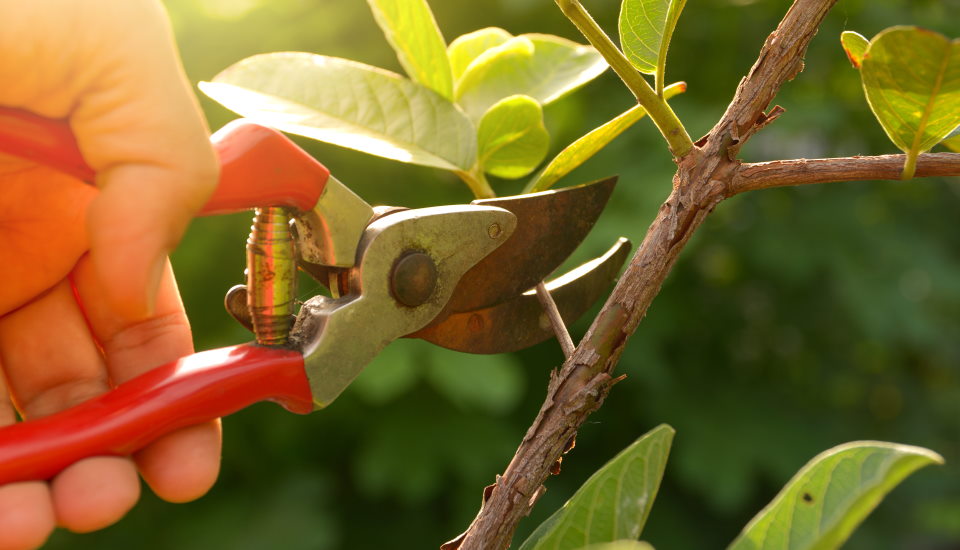
When pruning a tree, the most important thing gardeners should pay attention to is not to damage the living branches. There are pruning methods that involve cutting live branches, but we advise hobby gardeners not to damage the living branches of plants.
Do not harm any branch with a vibrant green color on it. Instead, cut the branch at the end of the part where it is fully brown and dry, and use the blade at a side angle.
Pruning should almost always be done in the spring. Prune the plants when they are at their strongest: when they benefit most from the sun and soil so that pruning results are fruitful.
Arborvitae Trees: Plant, Grow and Care
Eastern Redbud Trees: Plant, Grow and Care
The Comprehensive Guide to Lemon Trees: How to Grow and Care for Them
14) What is the best pruning tool for beginner gardeners?
This is entirely determined by the gardeners’ taste. We prefer small scissors for tiny branches. But frankly, as the branches get thicker, the efficiency of the scissors decreases.
Pruning knives come in many types for different needs, and you can find the ideal knife for branches of any size. Most gardeners preferred pruning knives in the past, but their use has decreased with the development of technology and the increase in easier-to-use alternatives.
Many gardeners began to prefer hand shearers with a special mechanism for cutting thick branches. Shearers allow you to prune larger trees with less effort and are best suited for a beginner gardener, especially if you have to deal with thick branches.
Also, if you want to prune or shape the leaves, we highly recommend using a trimmer. Thus, you can achieve results much closer to your dreams in a much shorter time.
Ultimately, which tool you use is up to you. If you have any of the tools listed above, you can use them. Gardening is one of the oldest occupations in human history, where you can find alternative solutions for many issues.
15) How can I deal with pests?
Pests are one of the most challenging issues in gardening. In fact, we call them pests, but they are creatures that perform their duties in the natural ecosystem. Unfortunately, they are not aware that they are being harmful by feeding on our plants that we have grown with care. That’s why when we look for ways to keep them out of our garden, our top priority should be not to harm them.
Pests are very diverse. From a slug to a bird, we can classify many creatures as pests depending on the location of your garden and what plants you grow. Getting rid of them is not easy, or even almost impossible, but there are things that can be done to minimize the damage they cause to plants.
If you think that large animals, especially cats, are harming your plants, you can prepare a barrier around the plants. For the birds, you can put a pinwheel that scares them. If you don’t have a vast garden, you can sprinkle salt around the garden to keep slugs away.
Smaller pests are more challenging to deal with, and you may need longer-term solutions. If you see pests that you cannot identify on your plants or in the soil, we recommend that you do not take action without consulting an expert.
In Conclusion
An infinite number of organisms live together in a garden. To start gardening means to become a part of this ecosystem. Every new day you come across many questions, and these questions usually have more than one correct answer. The only way to become one of the master gardeners is to keep gardening.
In this article, we’ve answered a few questions that we think may guide you at the beginning of your journey to becoming a gardener. Since the questions everyone needs answers to are different, we initially tried to put together the 15 questions we thought were the most important.
If you, as a beginner gardener, could not find the question you are looking for in this article, you can ask other gardeners and us by leaving a comment.

